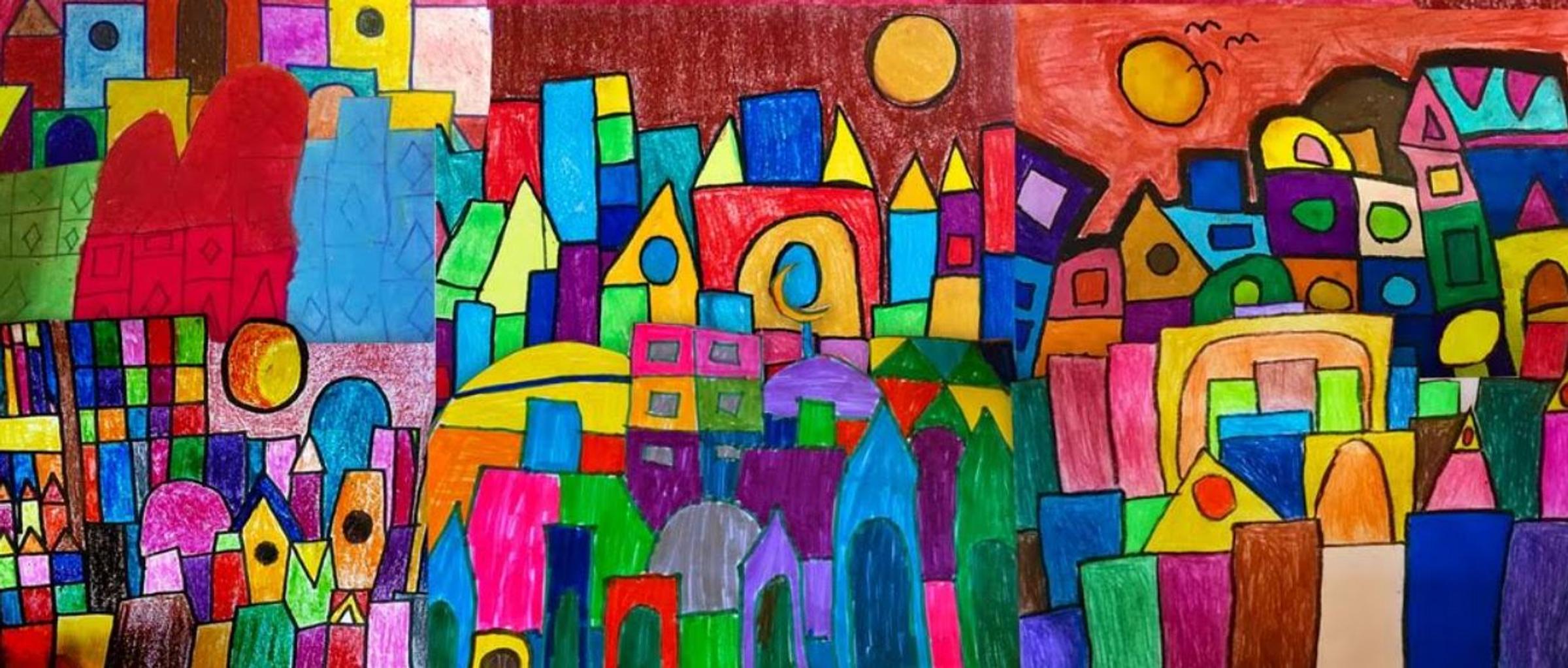Mathematics

Helping your child with maths adds up!
We do maths every day - sometimes without knowing it! People use maths every day in real situations. Whether at home or on holiday, maths is always needed.
Mathematics is not just about numbers. It is about shapes, sizes, patterns, directions, positions, chance, and more. It is not something that just happens at school. In fact, real maths occurs outside the classroom. Mathematics is taught at school to give your child practical maths skills for life – and you can help. Your child will develop essential skills by being involved in maths at home.
Here are some ideas you might like to try for everyday maths - it’s hard to believe that the school holidays are just around the corner!
In the home:
- Read the water meter. Work out how much water was used for the family’s showers in the evening. You might even save some water!
- Use digital and analogue scales to measure quantities for cooking. How many grams in a kilogram? What does ½ a litre mean?
- What is the capacity of 1 cup? Use a measuring jug to find out.
- Count the coins in a money box.
- Ask your child to record important dates and times on your family’s calendar.
- How long will the television program run? Do we have enough time to watch it? Ask your child to set the DVD recorder.
In the car:
- Check the odometer in the car. Work out how far you travelled.
- Ask your child to give you directions to get somewhere using a street directory.
- How many litres of petrol do we need? Where is petrol the cheapest?
In the garden:
- Plan a veggie patch. Decide on the best shape and position (for lots of sunshine) and how the plants can be arranged. Talk about how far apart the plants can be planted and how many will fit in the space.
- Do it yourself projects. Get your child involved in making plans and designing their own constructions, such as a cubby house or sand pit.
- Calculate how many cubic metres of mulch will be needed to cover an area.
When shopping:
- Get your child to work out the best deals – one item for $2.99 or three for $8.00? Then ask your child to work out the change you would get from $50.00.
- Have competitions to see who can make the closest estimate of how much the shopping will amount to.
- Use shopping catalogues to plan your weekly shop. Work out percentage discounts in sales. How much will you save?
Did you know?
One of the best ways for your child to learn about decimals is to use money and measurements.
$2.75 is more than $2 but less than $3. It is two dollars and 0.75 of the next dollar.
2.5 metres is 2 metres and point five, or half, of the next metre – it’s 2 metres and 50 centimetres.
But 2.05 metres is two metres and point zero five of a metre – which is much less than half a metre – it’s 2 metres and only 5 centimetres.
Have a great holiday break, everyone! Congratulations all on a fantastic term of learning in Mathematics.
Belinda Mihalicek
Mathematics Leader
bmihalicek@stjamesbrighton.catholic.edu.au
